Explore the world of cats, and you’ll see a rainbow of beautiful colors and patterns, including brown, black, white, cream, gray, silver, orange, lilac, bi-colored, calico, tortoiseshell, striped, spotted, smoke, and colorpoint.
A cat’s coat color and pattern are determined by their genes. The topic of cat color genetics is extremely complex, but also fascinating! In a nutshell, different coat colors and patterns are the result of the genes a cat is born with and the way they are expressed.
Genes come in pairs, one from the mother and one from the father. Genes are either dominant or recessive. A dominant gene overrides a recessive gene; two copies of a recessive gene must be present for that trait to occur.
Some genes have slightly different forms, called alleles. An allele is simply a variation of a gene. Alleles can sometimes cause different phenotypes (observable traits), including different colors or patterns.
The two basic colors in cats are black and red, caused by the gene for black (B/b/b1) or the gene for red (O/o). Black occurs when a cat has a dominant version of the primary gene for coat color (B). Red (orange) occurs when a cat has a dominant version of the red gene (O).
Other colors such as chocolate and cinnamon occur when cats have recessive versions of the black or red gene. The black and red genes can also be influenced by other genes, causing dilated colors, such as silver, gray, blue, cream, and fawn.
Wish you could learn more about the genes that make your cat special? Cat DNA testing could be the answer. Read our review of the Basepaws cat DNA test kit.
#1 Chocolate (Brown)
Solid dark brown occurs when cats have two copies of the recessive b gene.
The chocolate or brown color coat is encoded by the recessive allele b of the primary gene for coat color (B/b/b1). The dominant version of this gene (B) codes for black coat color, but the recessive b allele codes for brown. In order for a cat to be chocolate, they must carry two of these recessive genes (bb). Other genes influence the richness of the brown color as well as pattern of the brown coat.
Solid brown is a rare color; only a few breeds come in solid brown, including the Havana Brown, Burmese, European Burmese, Oriental Shorthair, and RagaMuffin. Brown can also appear in colorpoint breeds like the Balinese and Siamese.
#2 Cinnamon
British Shorthair cats come in cinnamon, which is a warm light brown color.
Cinnamon colored cats are a warm light brown. Cinnamon cats occur when a cat has two copies of the recessive allele for black (b1/b1).
Some cat breeds that come in cinnamon include the Abyssinian, British Shorthair, Oriental Shorthair, and Ocicat.
#3 Blue
The Russian Blue is known for its blue-gray coat and vivid green eyes.
In cats, a deep gray color is commonly referred to as blue. Blue cats occur when a cat with the dominant gene for black (B) also has two copies of the recessive allele for dilute pigmentation (d/d).
The dense/dilute pigment gene (D/d) codes for melanophilin and changes how pigment is deposited, creating dilute versions of darker colors. Black becomes blue (gray), red becomes cream, brown becomes lilac, and cinnamon becomes fawn.
Some breeds that come in solid blue include the Chartreux, Korat, Nebelung, and Russian Blue.
#4 Lilac
Lilac cats have very light, pale brown coloration that carries a slight purple tint. The lilac color is a dilute variation of the brown color. In order to be lilac, a cat must carry two copies of the recessive allele primary coat color, b/b, which alone would lead to a chocolate coat. But cats that are lilac also carry two copies of the recessive allele for dilute pigmentation (d/d), which affects the way pigment is deposited, leading to a diluted, or lightened, color.
Lilac can be a solid color, as seen in the British Shorthair, Burmese, Oriental Shorthair, and Persian, or a point color found in Siamese, Balinese, and Colorpoint Shorthair cat breeds.
#5 Fawn
Fawn cats can be solid colored or can have a pattern, such as these agouti-patterned Abyssinians.
Like lilac, fawn is also a version of the color brown, specifically, a diluted variation of color cinnamon, which is a warm, light brown. In order to be fawn, a cat must carry two copies of the recessive gene for primary coat color b1/b1, and is also a homozygote (two identical alleles) for the recessive dilute pigmentation gene (d/d).
Some cats breeds that come in fawn also have the agouti pattern such as the Abyssinian and Somali. Agouti refers to alternating bands of light and dark color encircling each hair shaft. Fawn cats can also be solid, as seen in the Oriental Shorthair and British Shorthair breeds.
#6 Chinchilla
The chinchilla pattern occurs in several breeds, such as this silver chinchilla Persian.
Cats with the chinchilla coat pattern, named for the small rodent with a similar coat pattern, have a light-colored base coat with the outer edges of each hair tipped with black. In order to have the chinchilla pattern, a cat must carry the melanin inhibitor gene (I/i).
The dominant allele of this gene suppresses eumelanin production, which keeps the base of each hair light, allowing pigment only on the outer half of each hair shaft. When tabby cats carry the melanin inhibitor gene (I), they appear nearly pure white with a sparkling silver effect on the tips of the coat, creating the chinchilla pattern.
The chinchilla coat pattern is found in a few breeds, including the British Shorthair, Persian, and Siberian. Chinchilla Persian cats may be silver, golden, or blue, as well as combinations of these colors. Silver chinchilla cats are white at the base with black tips. Golden chinchillas have a honey- or apricot-colored base coat with black tips. Blue chinchillas have a white base coat tipped with blue rather than black.
#7 Smoke
If you were to part the hair of this black smoke Persian you would find white hair at the base of the coat.
The smoke cat color pattern is a solid color that’s white at the roots, which causes a unique effect reminiscent of swirling smoke. The white color at the base is generally hidden beneath a primarily black coat.
In order to display the smoke pattern, a cat must have the dominant allele of the primary gene for coat color (B), and must also have two copies of the recessive allele for the dense pigment gene (d/d) and a copy of the dominant melanin inhibitor gene (I).
Black smoke colors are rare but most likely to occur in the Maine Coon, Norwegian Forest Cat, Persian, Turkish Angora, Egyptian Mau, and Siberian breeds.
#8 Rosette Pattern
The rare and desirable rosette pattern that occurs in Bengal cats resembles the spots found on wild cats.
The rosette pattern is one of the most unique of all cat coat patterns. Rosettes are two-toned spots with contrasting colors that stand out against the lighter background color of the coat. The rosette pattern, also known as a spotted tabby pattern, is a rare variation of the agouti pattern, which is the ticked tabby pattern seen in the Abyssinian.
Rosettes are highly desirable in some breeds meant to resemble wild cats, such as the Bengal and Serengeti cat. Rosettes come in several shapes, including arrowhead, pawprint, and donut.
#9 Albino
Albinism is caused by a complete lack of pigment, resulting in a white coat and blue eyes.
The albino cat is the one of the rarest cat colors. It’s important to know that not all white cats are albinos. In order to be albino, a cat must inherit two copies of the autosomal recessive allele for albinism (A/A).
The recessive genes for albinism mean albino cats don’t produce melanin, so they have no pigmentation. Their skin is pink, their fur is white, and their eyes are pale blue or pink. Albino cats are sensitive to light and prone to sunburn. Some might also experience hearing difficulties or deafness.
#10 Colorpoint
Pointed cats such as this Siamese have light-colored bodies with points of color on the extremities.
The colorpoint pattern is found in the Siamese and related breeds, including the Balinese, Birman, Colorpoint Shorthair, Himalayan, Javanese, and Ragdoll. Colorpoint cats have a light-colored body with “points” of color on the extremities, including the head, legs, and tail. T
Traditional Siamese point colors are solid seal, chocolate, blue, and lilac. Other breeds include more point colors, such as flame point (red) and cream point, as well as various pointed patterns, such as lynx and tortoiseshell. In pointed cats, the patterns appear within the points only (the body is a solid colored).
#11 Tortoiseshell
Tortoiseshell coats are a combination of black and red, with each cat displaying their own unique pattern.
Tortoiseshell colored cats, or “torties,” have coats that are a combination of red and black colors in a mottled, patched, or swirling pattern that is unique to each cat.
Depending on the specific genes a cat has, including whether the cat also carries two copies of the recessive allele for dilute pigmentation (d/d), the two colors of the tortoiseshell coat might might appear as black, gray (blue), red, orange, gold, or brown.
Many breeds and mixed breed cats can be tortoiseshell, but this color pattern sex-linked, so torties are almost always female. Tortoiseshell cats are said to feisty and full of character, a reputation that inspired the word “tortitude.”
#12 Cream
Cream-colored cats are very pale orange. In order to be cream, a cat must carry the dominant allele of the red gene (O), as well as two copies of the recessive allele for the dilute pigment gene (d/d), which dilutes the red to a very pale cream.
Although the color is rare, many breeds come in cream, including the American Shorthair, Devon Rex, Maine Coon, Persian, and Selkirk Rex.
Rare Colors and Patterns: Final Thoughts
Now that you know the basics of cat color genetics, you can appreciate how cats come to inherit some of the rarer coat colors and patterns. We’ve explored some “common” rare colors and patterns, but cats come in many more rare colors and patterns. Some, like torbie, are a combination of two patterns (tortoiseshell and tabby), and others are seen in just one breed, like the black grizzled tabby pattern of the Chausie. In cats, the color and pattern possibilities are vast, and exploring these is part of the fun of learning about cats.
Frequently Asked Questions
What is the most rare cat color?
Of all the cat colors, albino is the rarest. Albinism causes a complete lack of pigment, so cats have pink skin, white fur, and pale blue or pink eyes. In order to be albino, a cat must inherit two recessive genes for albinism (A/A), one from each parent.
What is the prettiest cat color?
Everyone has their own ideas of the prettiest cat color. Some cat lovers think the prettiest colors are common one like black, orange, or brown tabby, with or without white markings. Other people prefer rare colors, such as chocolate, cinnamon, lilac, cream, tortoiseshell, or colorpoint.
What is the least popular color of cat?
Some people think black cats are the most unpopular color because there are many of them in animal shelters and black cats often take longer to be adopted. However, a reasonable explanation for this phenomenon is simply that there are more black cats in general than other colors due to black (B) being a dominant gene, so cats of other colors tend to stand out more.
Are chocolate colored cats rare?
Yes, chocolate (dark, solid brown) cats are rare. In order to be chocolate, a cat must inherit two recessive allele for the primary gene for coat color in cats. A few breeds come in chocolate, including the Havana Brown, which is always solid dark brown, and the Oriental Shorthair, which comes in many different colors, including chocolate.
What is the rarest cat coat pattern?
One of the rarest coat patterns is the rosette pattern, which appears in only a few breeds, including the Bengal and Serengeti cat. Not all Bengals or Serengetis have rosettes, but this patterns is highly desirable. Rosettes resemble the spots seen on wild cats like leopards. Rosettes are spots made up of two contrasting colors (lighter inside and darker outside) that stand out against a lighter body color.
-
https://vgl.ucdavis.edu/resources/cat-coat-color
-
https://vgl.ucdavis.edu/test/albino-cat
-
https://basepaws.com/blogs/news/top-10-rarest-coat-colors-and-patterns-in-cats
-
https://www.kyhumane.org/black-cat-myth/
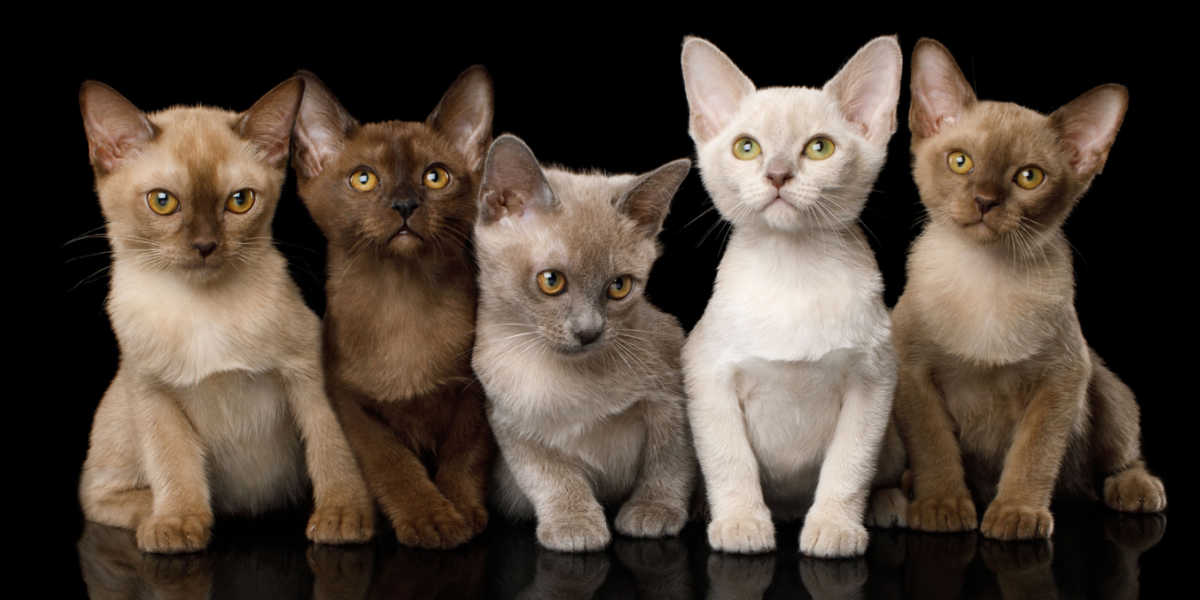
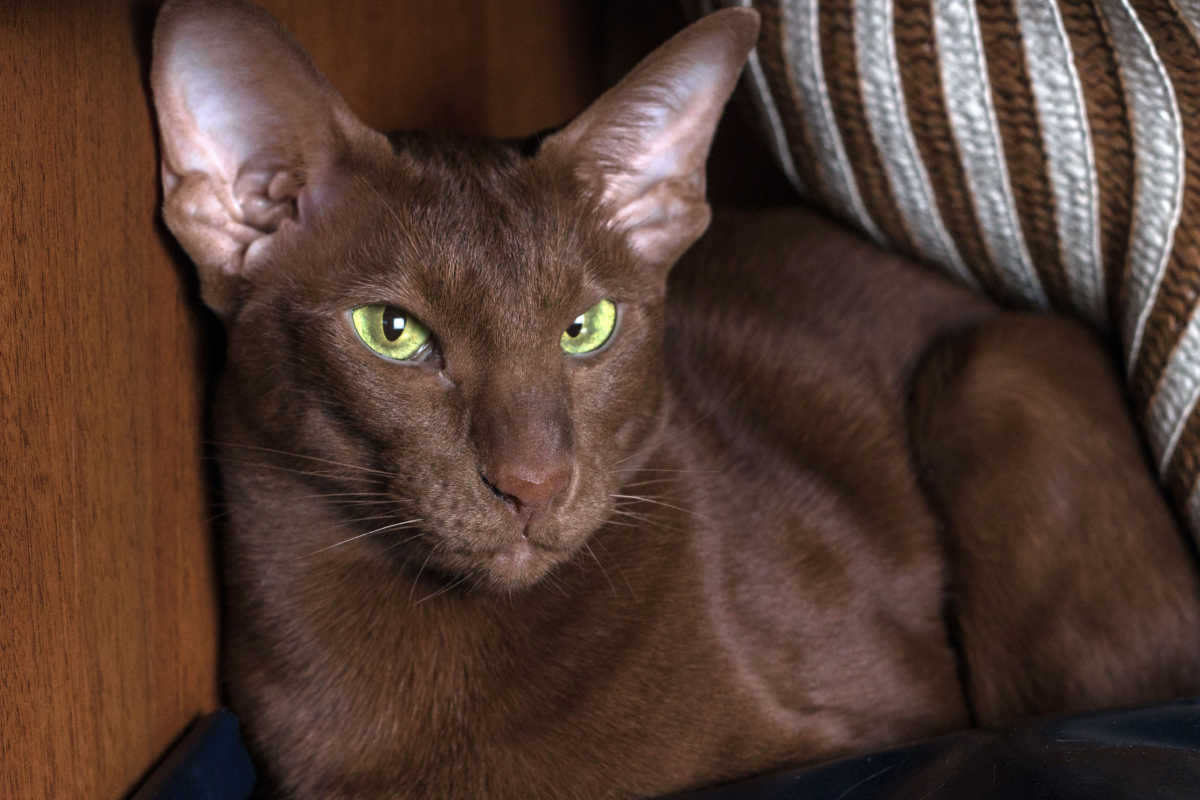
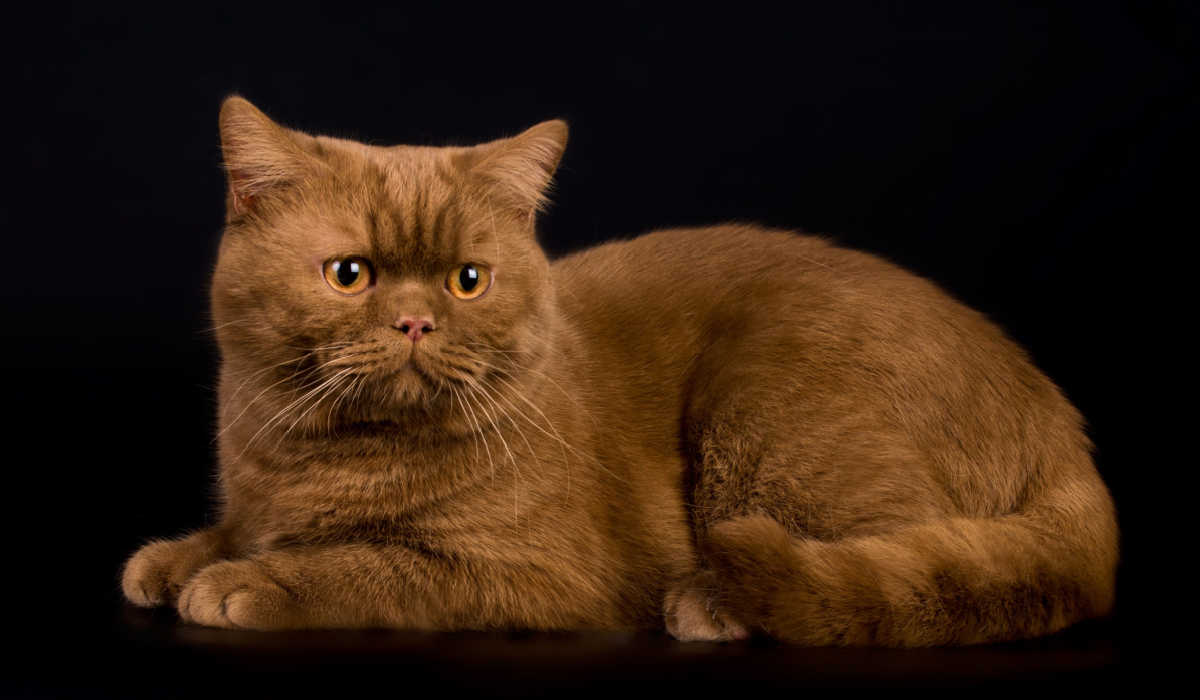
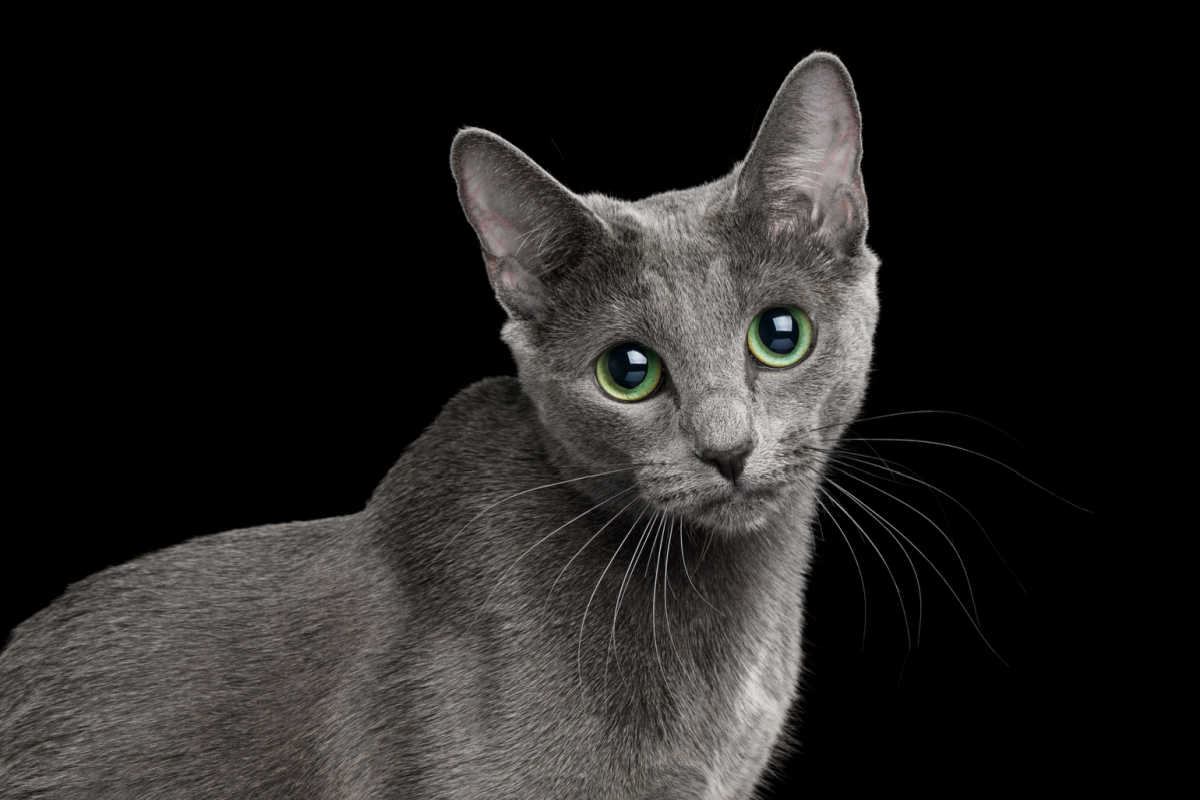
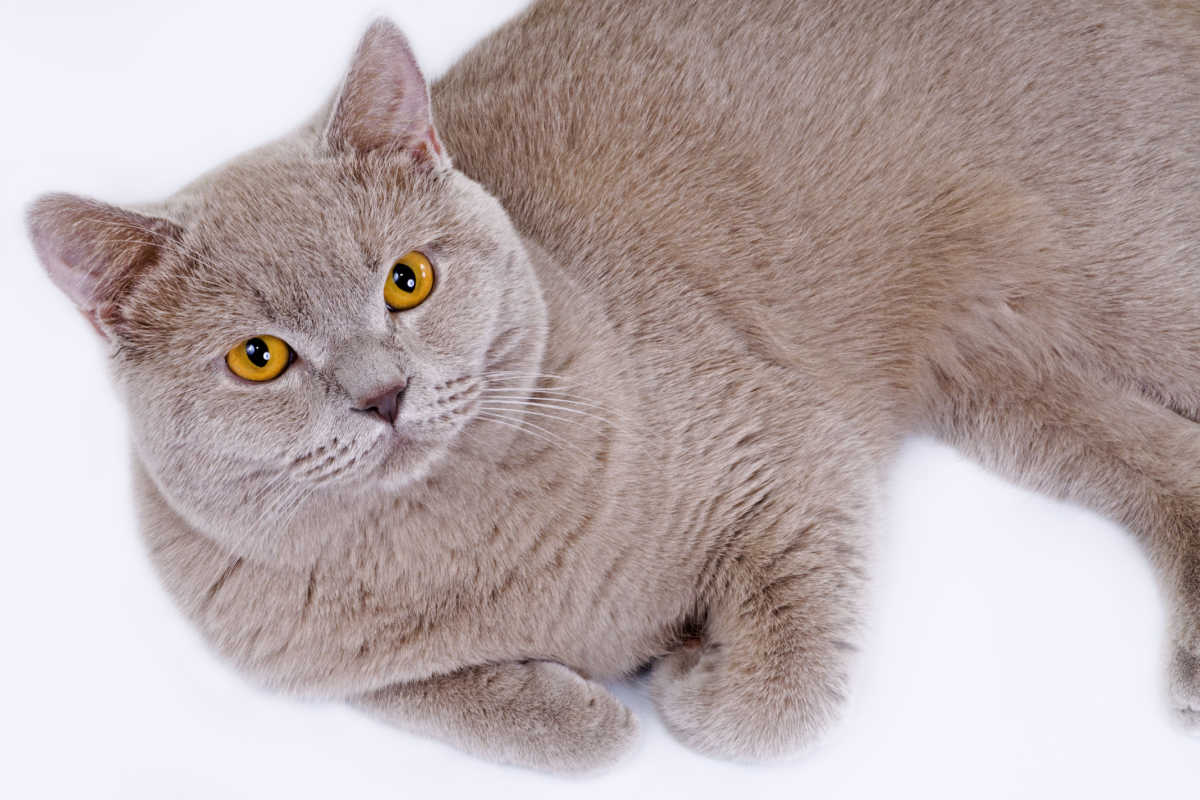
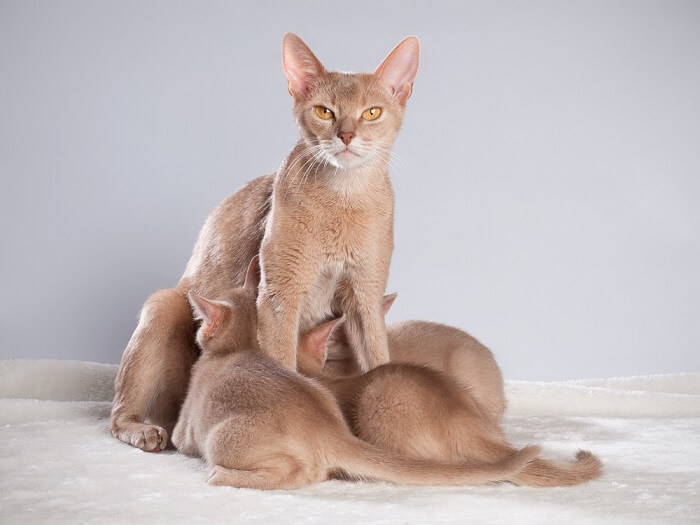
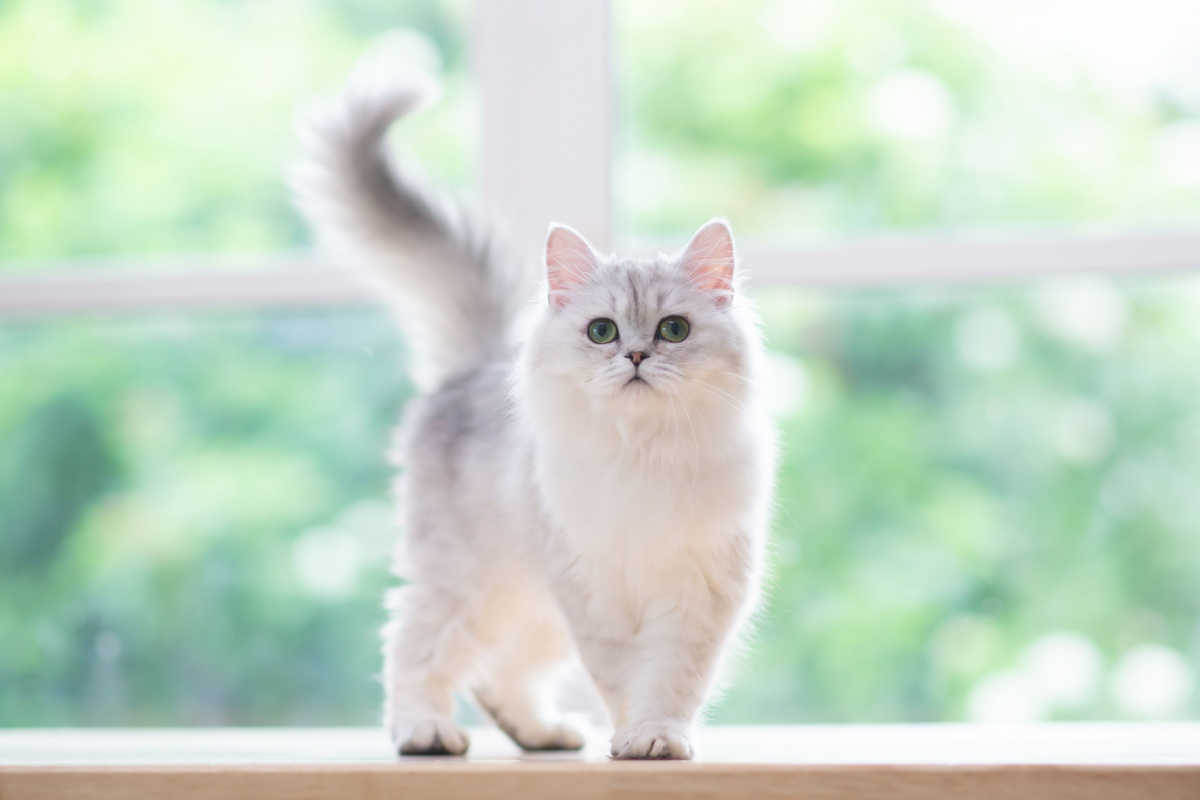
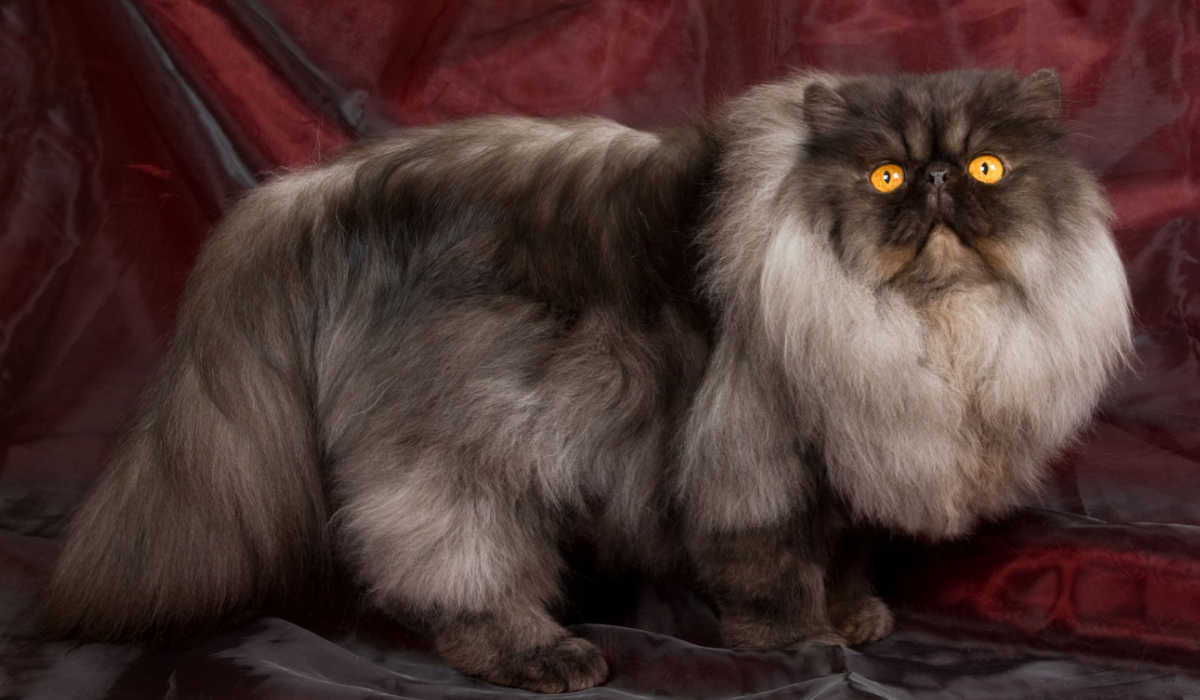
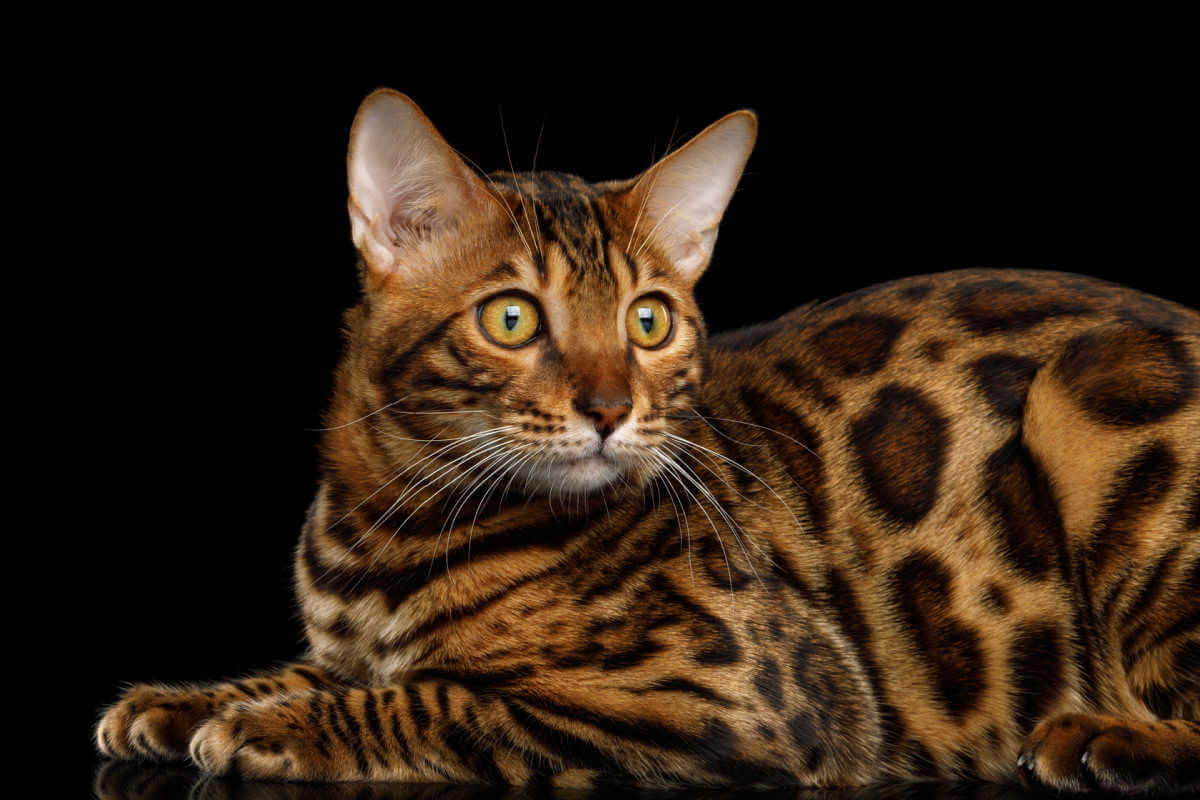
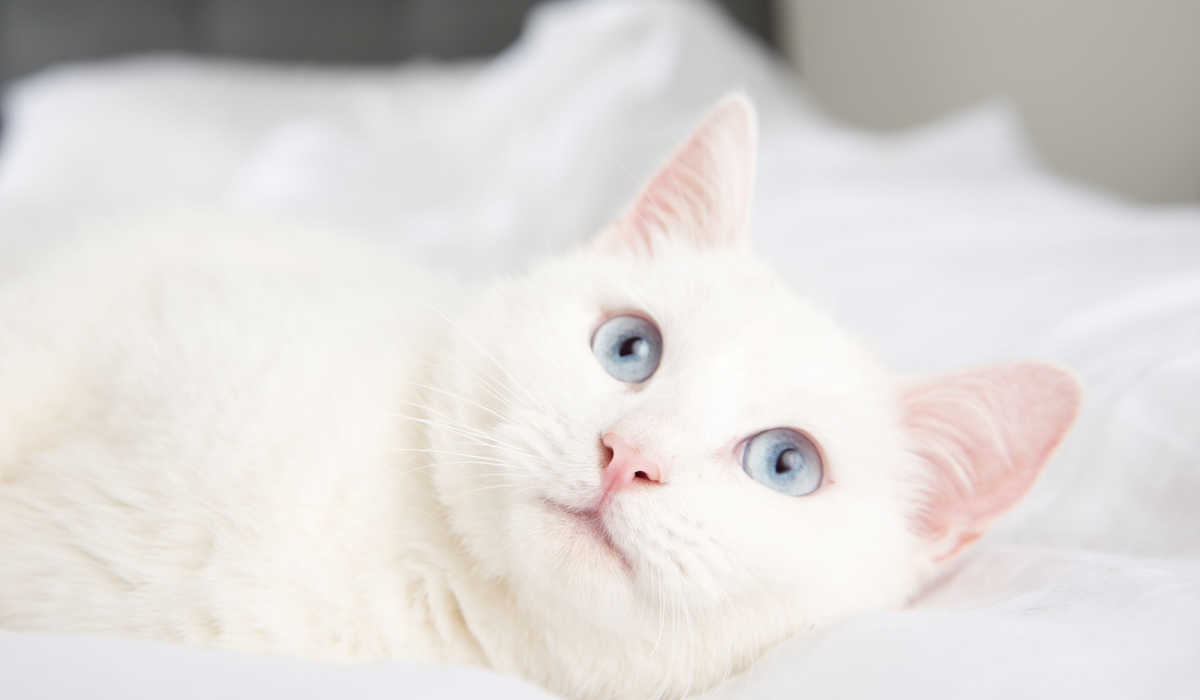
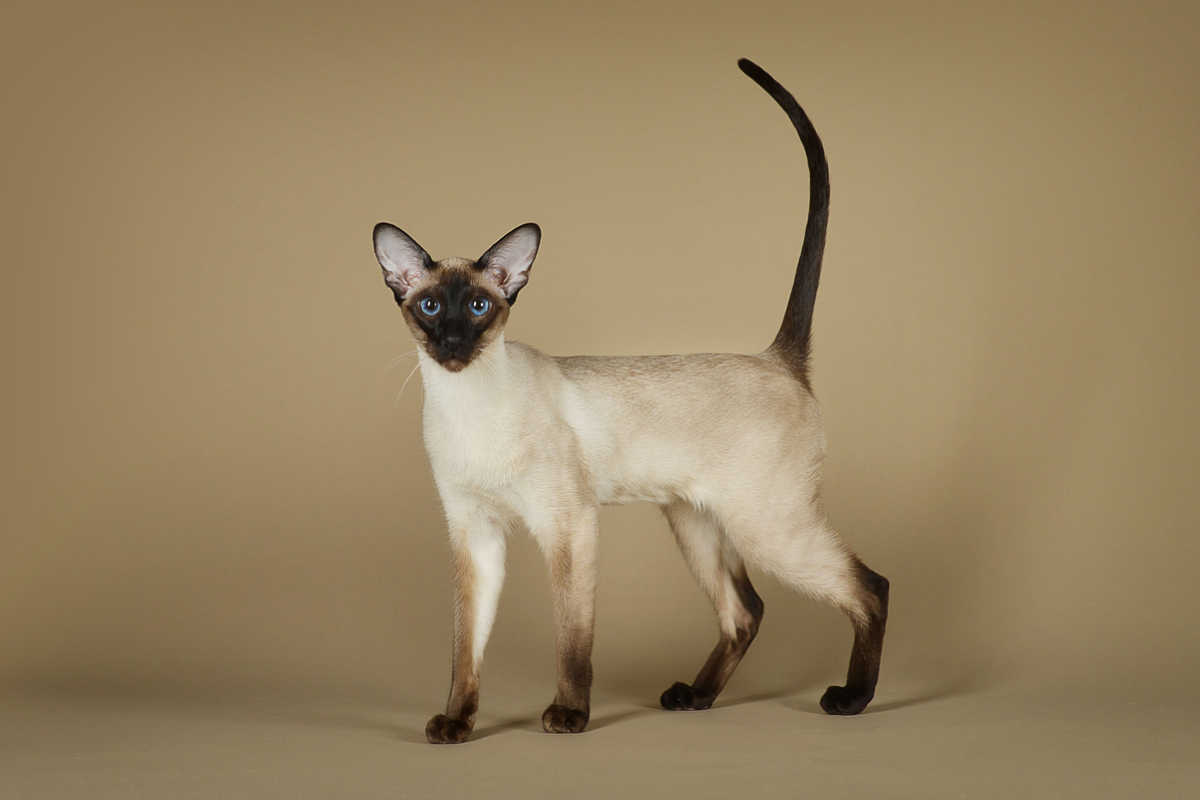
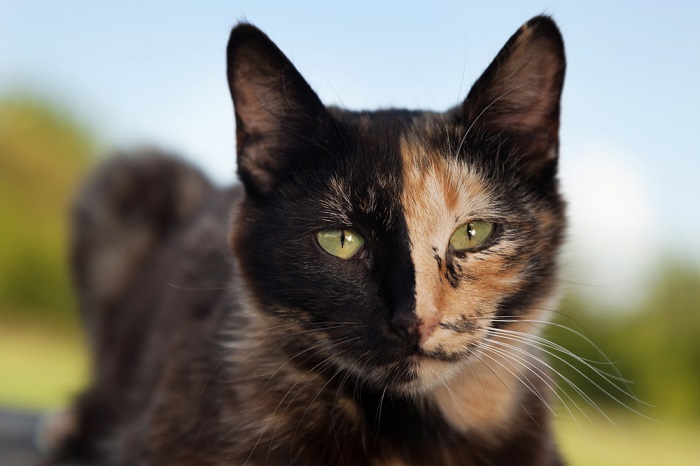
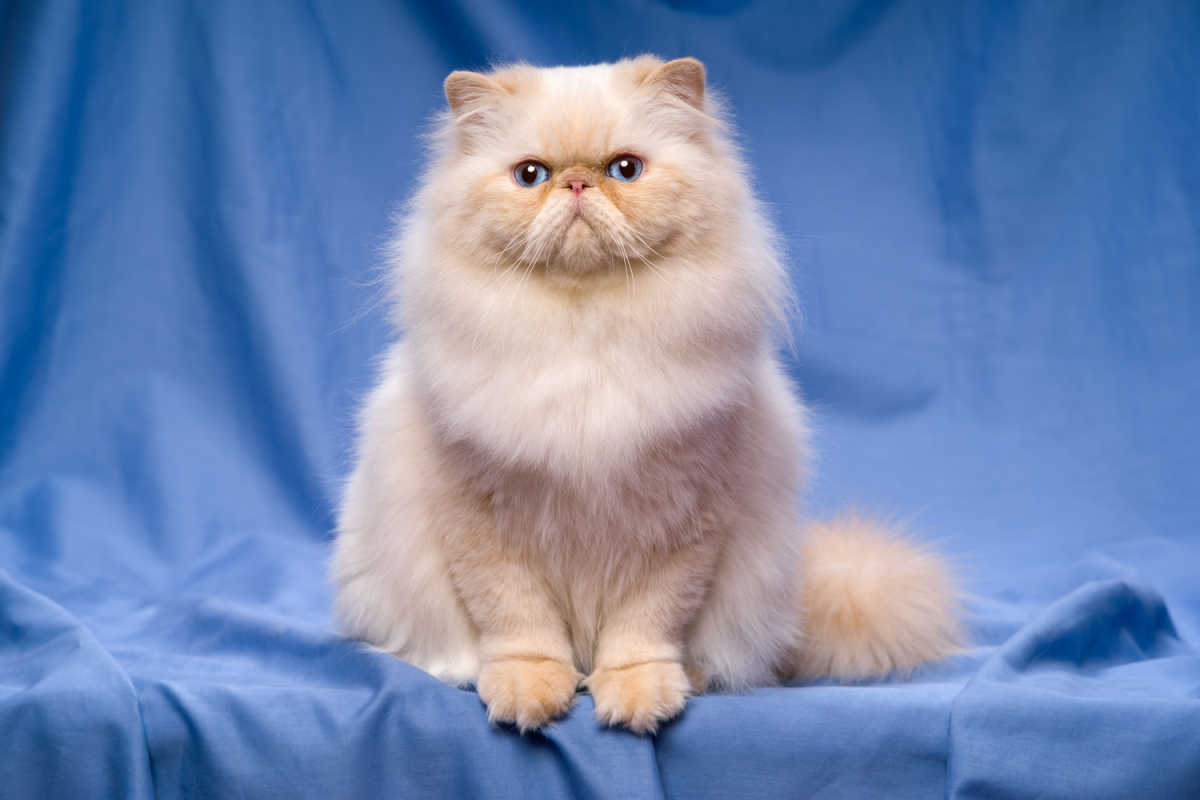
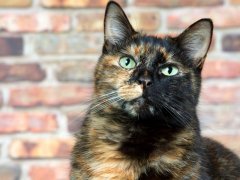

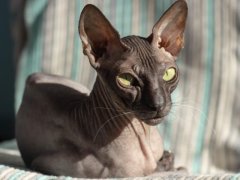
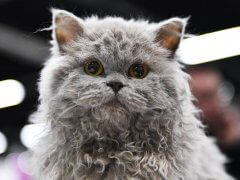

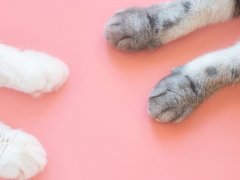


I was surprised that Torbie wasn’t listed, or is that more of a marking pattern than coat color?
Good point—it would count as a pattern but didn’t make it onto this particular list. Thanks for mentioning that!
On FaceBook I saw a white/blacked blotches cat. I think it would be a murel patter. Any information?
It’s hard to say without seeing photos—that sounds like a regular tuxedo cat from your description, but it may be a rare pattern as well. Sorry I can’t be of more help!
Are female Ginger cats uncommon?
Yes! Up to 80% of all ginger cats are males, so female gingers are in the minority. 🙂
What about charcoal, grizzled, mocha, golden, amber….aren’t they much more rare than the colors mentioned above?
Good suggestions! We’ll consider expanding the article to include some other colors.
is ginger rare?
No!
I really enjoyed reading your article and I have a question regarding my two fur babies, I first acquired Tootsie and adopted her about a year ago, she is an all black female short-hair, even a dark black nose beautiful slick gorgeous hair ,when she was younger she was chocolate brown .
My second fur baby is a beautiful half ragdoll and have Maine Coon he’s black and white his mother is the ragdoll and his father is an all white Maine Coon his mother is a I want to say I believe is a Seal point Mitted (extremely gorgeous) and the. Father all white Main Coon…I named my black and white Raccoon Louise Vuitton..He is coming up on 5 months October 17 th.
If I let them mate and have babies what do you think in your expert opinion with the litter turn out to be color-wise whether be a possibility of different colors and extend with the blacks and the whites being mother all black father black and white just very curious. And would he have dominance jeans over her because he is from a strong bloodline although half and half both sides are pure Tootsie I have no idea she’s always been a black beauty to me and as far as I’m concerned she is pure-blooded brat LOL I was so thankful to find out that they were going to get along and yes she definitely within about 7 days fell in love with.
.
Hello Amanda, thank you for the comment, and I apologize for the late reply. I’m afraid that this question is a bit beyond my level of expertise, and you may be better off starting with a DNA test to determine what color genes your cats carry and perhaps talking with a breeder to get more specific information. MessyBeast is a great resource in this area, and you might be able to contact the owner and get some direct consultation.
I need a calico expert.
I have a male dilute calico, with rosettes.
Help!
Hi there Laura! You can learn more about male calico cats here.
Can u see a picture of a cat and tell what breed they are.
Hey there Susan! We can do our best, but you will not be able to officially confirm a cat’s breed without appropriate paperwork. Feel free to send an email to [email protected] for more support!